|

by Ivan Petricevic
January 30,
2018
from
Ancient-Code Website
Spanish version
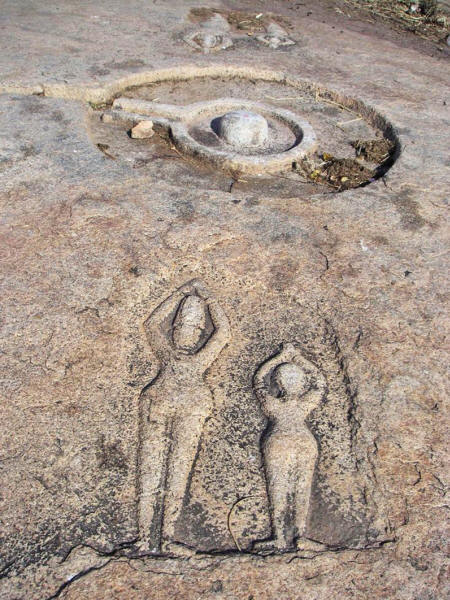
What if I told you that all ancient cultures were somehow connected
to each other, thousands of years ago.
Have you ever wondered why there are so many similarities among
ancient cultures around the globe? Mainstream scholars maintain how
cultures in Africa, America, Europe, and Asia weren't
interconnected in ancient times.
Despite these claims, numerous archeological discoveries suggest otherwise.
Take for example ancient monuments scattered across the globe.
Numerous ancient sites in South America show uncanny similarities in
design and construction to monuments erected halfway across the
world, in Africa for example.
Are these
similarities a mere coincidence?
Or is there a possibility that all of these ancient cultures were
interconnected somehow.
Is it possible, as some
ancient astronaut theorists suggest, that an otherworldly
entity influenced ancient civilizations around the globe?
How is it possible that the ancient,
...and cultures as those
in New Zealand share depictions of their gods - who came down from
heaven - which are nearly identical?
Is this just another example of random cultural spread?
Or is it possible there
is more to it than we are willing to accept?
Ancient Olmecs
and the La Venta Stele 19
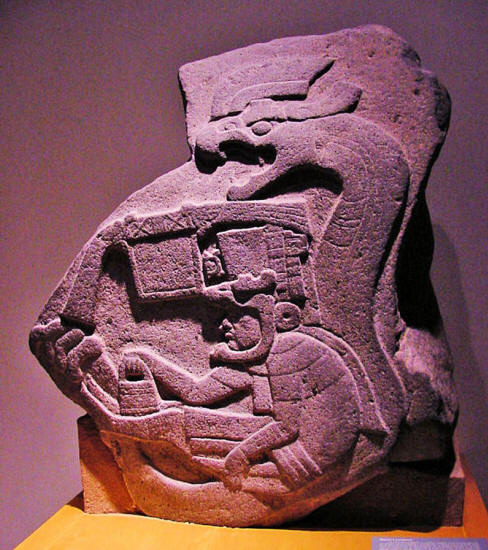
A photo of La Venta Stela 19,
the
earliest known representation
of the
Feathered Serpent in Mesoamerica.
Image
Credit: Wikimedia Commons.
'La Venta' stele 19 offers the earliest known representation of the
Feathered Serpent in Mesoamerica.
The feathered serpent was
known across ancient cultures in Mexico as either Kukulkan or
Quetzalcoatl. This God is said to have arrived from the
heavens, and brought great knowledge to ancient cultures.
La Venta is an ancient archaeological site that belonged to the
ancient
Olmec Civilization.
Curiously, the Olmecs
were one of the first civilizations to develop in the Americas.
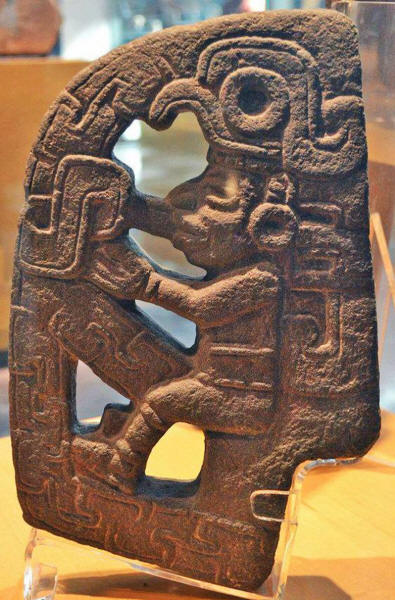
Another depiction of a deity
inside
of what appears to be a machine?
Image
credit: Museo Nacional de Antropología - INAH
'La Venta' stele 19 offers a curious representation of the feathered
serpent:
A humanoid figure
sitting in some kind of 'vehicle' or 'chair,' as if manipulating
some sort of device.
At first, this may not
sound extraordinary or weird.
However, it becomes strange when you find nearly identical
representations of gods, halfway around the world.
The Maori
legend, and the god Pourangahua
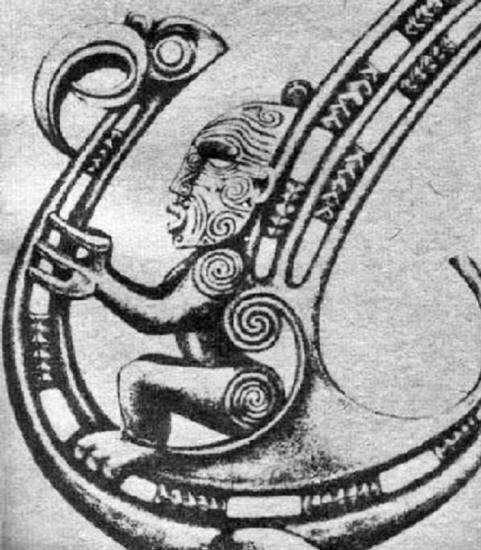
Image Credit
According to the Maori legend, the god Pourangahua flew on his magic
'bird' from his legendary dwelling Hawaiki to New Zealand.
Curiously, according to legend, this ancient god came from heaven,
riding a 'silver bird.'
In fact, if we take a look at one of the oldest Maori prayers we
will find its attribution to the god Pourangahua.
"I come, and an
unknown earth lies below my feet. I come, and a new heaven turns
above me. I come on to this earth, and it is a peaceful
resting-place for me.
O spirit of the
planets! The stranger humbly offers you his heart as
nourishment."
If we compare the
depiction of the feathered serpent in ancient Mesoamerica folklore
to the God Pourangahua, we find a mysterious connection: both are
represented nearly identically.
How is this possible? A mere coincidence?
But there is more…
Let's travel
from ancient Maori legends to ancient Egypt
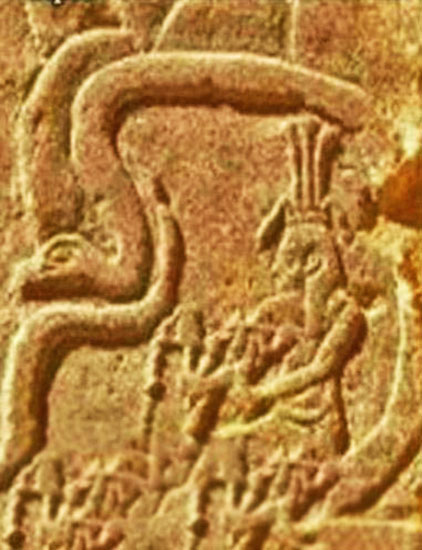
Another ancient God
depicted in a sort of flying 'snake.
Image
Credit: Pinterest.
There, we will find a mysterious representation of the ancient
Egyptian
God Hapi.
Referred to as the "father of the gods," Hapi was the god of the
annual flooding of the Nile in ancient Egyptian religion. This
ancient Egyptian God symbolized fertility.
This
ancient Egyptian god also was usually given blue or green
skin, which according to scholars represents the water.
Take a look at how he is sometimes depicted. Once again, we have a
strange similarity ,
Back to
Mesoamerica
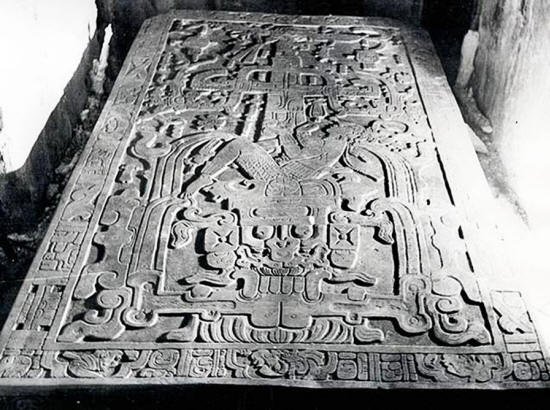
Ancient alien theorists
propose
that it clearly depicts King Pakal
in some
sort of spaceship during takeoff,
and
they argue that his hands appear to be
manipulating some sort of machinery.
We venture back to modern-day Mexico where we find another curious
representation which has aroused the interest of ancient astronaut
theorists:
King Pakal...
The sarcophagus of king K'inich Janaab' Pakal or more commonly known as King Pakal is one of
the most talked about subjects when it comes to the ancient alien
theory.
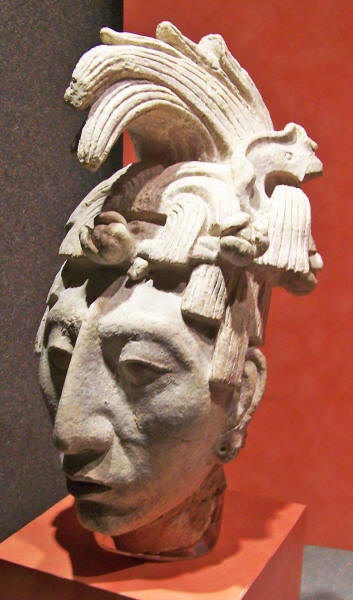
Stucco head of
K'inich Janaab Pakal I
(603-683 AD)
king of Palenque
Source
The sarcophagus lid of
this great Maya rulers has some pretty curious depictions.
Ancient alien theorists propose that it depicts King Pakal in some
kind of spaceship during takeoff, and they argue that his hands
appear to be manipulating some sort of machinery, his foot is
located on a pedal while he is breathing through some sort of
breathing apparatus.
The theory about Pakal's
spaceship was first proposed by Erich von Däniken in his book
Chariots of the Gods.
Once again, we see a depiction of a figure inside of some sort of
machine...
|








